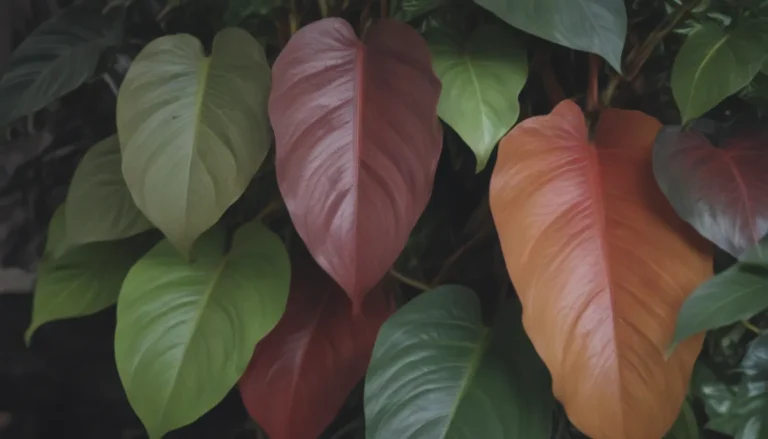The Ultimate Guide to Making Hummingbird Nectar: Recipes, Tips, and More!

Hummingbirds are fascinating creatures that bring joy to any bird enthusiast’s yard. One of the best ways to attract these delightful birds is by offering them a homemade hummingbird nectar recipe. This nectar closely mimics the natural sucrose content found in the flowers that hummingbirds love to feed on, providing them with a healthy, nutritious, and easily digestible source of energy and calories.
Classic Hummingbird Nectar Recipe: The Best Ratio
Creating the perfect hummingbird nectar is easy when you follow the right proportions. While there are various recipes available online with different sugar-to-water ratios, the most consistent balance is a 4-to-1 ratio or 1 cup of water to 1/4 cup of sugar. This ratio closely approximates the sucrose levels in the nectar of hummingbirds’ favorite flowers, making it an ideal choice for these tiny birds.
To make your own hummingbird nectar, follow these simple steps:
Ingredients:
- 1 cup of plain white granulated sugar
- 4 cups of water
Instructions:
- Combine Sugar and Water: Mix one part sugar and four parts water in a pot.
- Heat the Mixture: Slowly heat the solution for one to two minutes to help the sugar dissolve.
- Let Cool: Allow the nectar to cool completely before filling your hummingbird feeders.
Making your own hummingbird nectar is not only cost-effective but also ensures that you provide the birds with a safe and healthy food source.
Hummingbird Nectar Recipe Tips: Ensuring Safe Nectar for Hummingbirds
While making hummingbird nectar is simple, it’s essential to consider a few tips to ensure that the nectar is safe for the birds visiting your garden:
- Can I Make a Hummingbird Nectar Recipe Without Boiling? Boiling the nectar initially can help slow fermentation, but it is not necessary once the sugar has dissolved. Simply stir vigorously if using extra fine sugar.
- Is It Safe to Use Tap Water? Consider using bottled or purified water if your tap water contains chemicals or strong tastes. Boiling the water can help purify it but be cautious not to reduce the volume too much.
- Why Can I Only Use Plain White Granulated Sugar? Avoid using honey, brown sugar, molasses, or artificial sugar substitutes as they can be harmful to hummingbirds.
- Is a 3-to-1 Ratio OK for Hummingbirds? While you can adjust the sugar-to-water ratio slightly, a 4-to-1 ratio is ideal for attracting hummingbirds.
- Can I Use Warm or Hot Nectar in the Feeder? Always ensure that the nectar is completely cool before filling feeders to prevent damage and fermentation.
- Do Hummingbirds Prefer Homemade Nectar? Homemade nectar is better than commercial products as it provides a simple sugar solution without unnecessary additives.
- How Long Can I Store Hummingbird Nectar in the Fridge? Store unused nectar in the refrigerator for up to one week to ensure freshness.
- How Often Do I Add Fresh Nectar to the Feeder? Clean feeders at least once a week and refill with fresh nectar to maintain a healthy feeding environment for hummingbirds.
Commercial vs. Homemade Hummingbird Nectar
While homemade nectar is simple to make and cost-effective, there are commercial options available for those who prefer convenience. Liquid or powdered nectar concentrates can be suitable alternatives, especially for travelers or as gifts with hummingbird feeders. However, be mindful of unnecessary preservatives or dyes in commercial products.
To Dye or Not to Dye: The Red Controversy
The use of red dye in hummingbird nectar is a controversial topic. While some red dyes are safe for consumption, they are not necessary to attract hummingbirds. Opt for natural methods like planting red flowers or using red ribbons to attract these birds without exposing them to unnecessary chemicals.
By following these tips and recipes, you can create a welcoming environment for hummingbirds in your yard while ensuring that they have a safe and healthy food source. Happy birdwatching!





